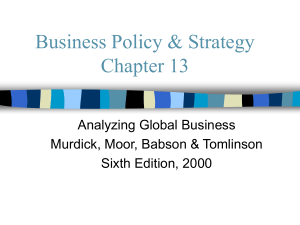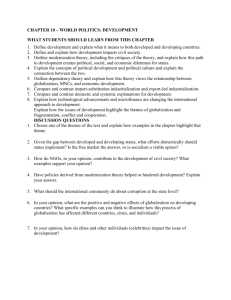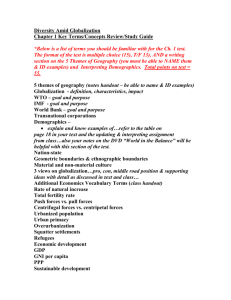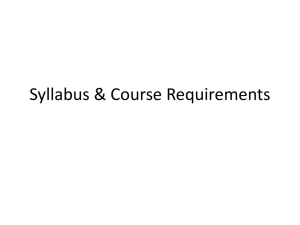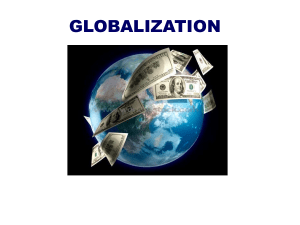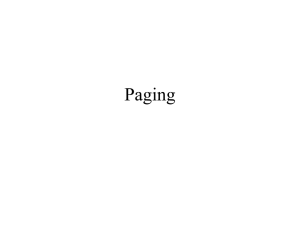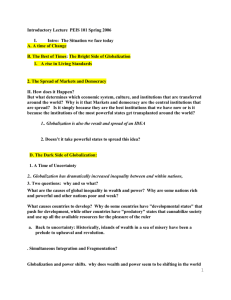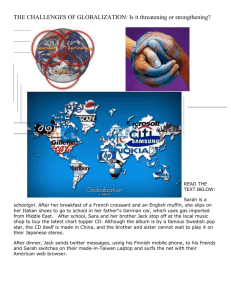International Relations - Study Guide
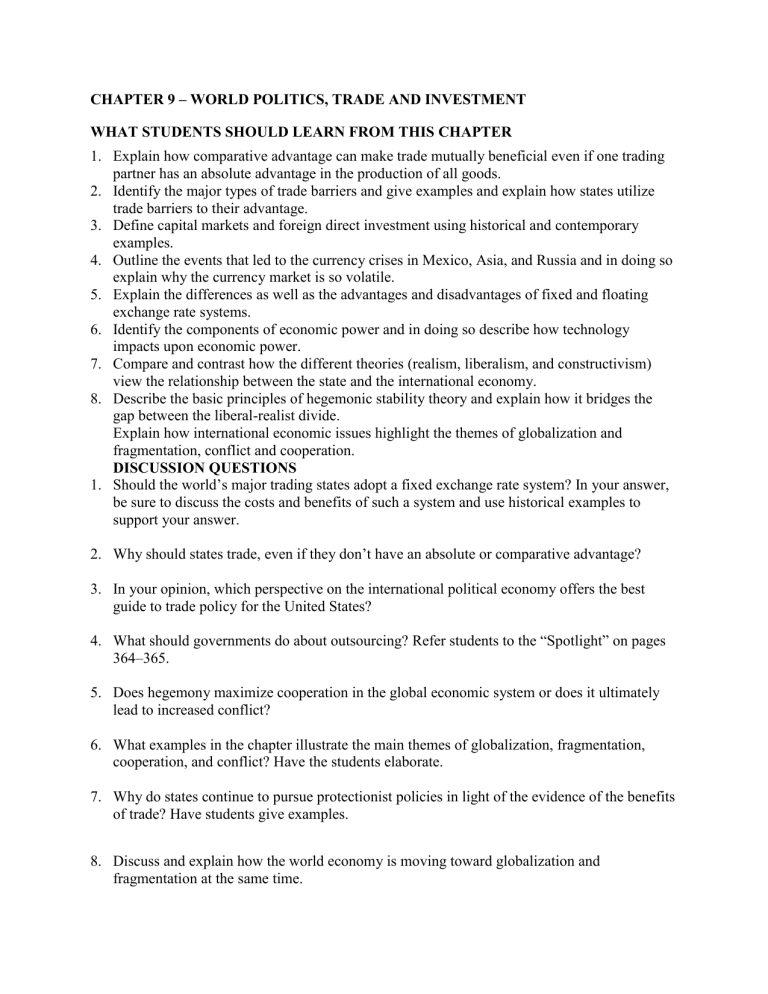
CHAPTER 9 – WORLD POLITICS, TRADE AND INVESTMENT
WHAT STUDENTS SHOULD LEARN FROM THIS CHAPTER
1.
Explain how comparative advantage can make trade mutually beneficial even if one trading partner has an absolute advantage in the production of all goods.
2.
Identify the major types of trade barriers and give examples and explain how states utilize trade barriers to their advantage.
3.
Define capital markets and foreign direct investment using historical and contemporary examples.
4.
Outline the events that led to the currency crises in Mexico, Asia, and Russia and in doing so explain why the currency market is so volatile.
5.
Explain the differences as well as the advantages and disadvantages of fixed and floating exchange rate systems.
6.
Identify the components of economic power and in doing so describe how technology impacts upon economic power.
7.
Compare and contrast how the different theories (realism, liberalism, and constructivism) view the relationship between the state and the international economy.
8.
Describe the basic principles of hegemonic stability theory and explain how it bridges the gap between the liberal-realist divide.
Explain how international economic issues highlight the themes of globalization and fragmentation, conflict and cooperation.
DISCUSSION QUESTIONS
1.
Should the world’s major trading states adopt a fixed exchange rate system? In your answer, be sure to discuss the costs and benefits of such a system and use historical examples to support your answer.
2.
Why should states trade, even if they don’t have an absolute or comparative advantage?
3.
In your opinion, which perspective on the international political economy offers the best guide to trade policy for the United States?
4.
What should governments do about outsourcing? Refer students to the “Spotlight” on pages
364–365.
5.
Does hegemony maximize cooperation in the global economic system or does it ultimately lead to increased conflict?
6.
What examples in the chapter illustrate the main themes of globalization, fragmentation, cooperation, and conflict? Have the students elaborate.
7.
Why do states continue to pursue protectionist policies in light of the evidence of the benefits of trade? Have students give examples.
8.
Discuss and explain how the world economy is moving toward globalization and fragmentation at the same time.
